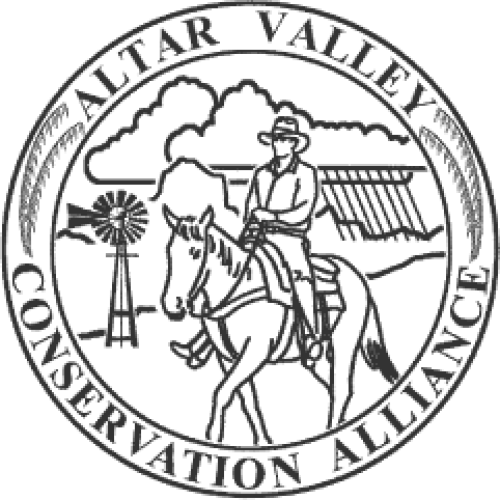Excerpt from Routes to Desert Watering Places in the Papago Country, Arizona
The desert region of the United States forms a great triangle whose base, 800 miles long, is the Mexican border from the Peninsular Mountains, in southern California, to the mouth of Pecos River, in Texas, and whose apex is in north-central Oregon. The west side Of this huge desert triangle is the mountain wall formed by the Peninsular Mountains, the Sierra Nevada, and the Cascade Range; the east or northeast side is a less definite line extending from north central Oregon, through Salt Lake City and Santa Fe, to the mouth of Pecos River. (see Pl. I.) It covers about square miles, or very nearly one-sixth of the area of the United States.
This region is by no means devoid of natural resources or human activity. It contains prosperous cities, fertile agricultural districts, forest-clad mountains, a large aggregate number of watering places, many rich mines, and an unknown wealth of mineral deposits. But the localities that have water supplies are widely separated oases in a vast expanse of silent, changeless, unproductive desert whose most impressive feature is its great distances and whose chief evidences Of human occupation are the long, long roads that lead from one watering place to another.
In the future existing oases will be enlarged, many new ones will be created, and the mineral and agricultural product of the region will be greatly increased. But in spite of all that man can do this large region will remain essentially a desert.

Reports and other documents about Sonoran Desert ecology, management, and conservation. Curated by the not-for-profit Altar Valley Conservation Alliance (AVCA) located outside Tucson, AZ.